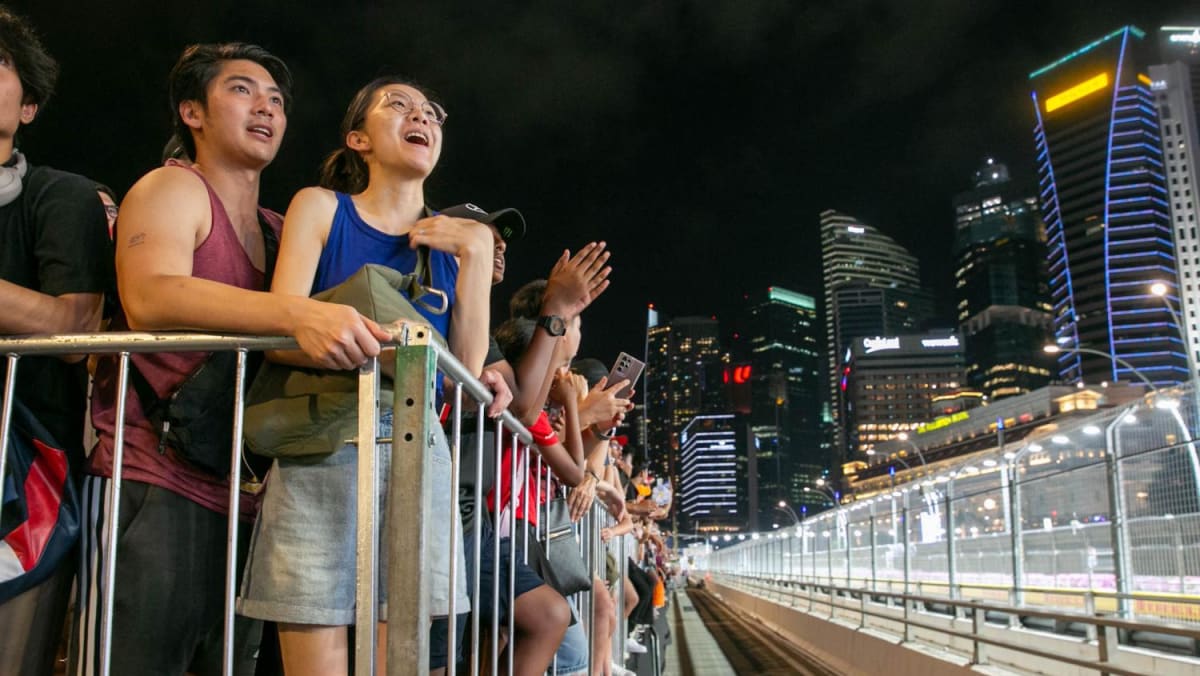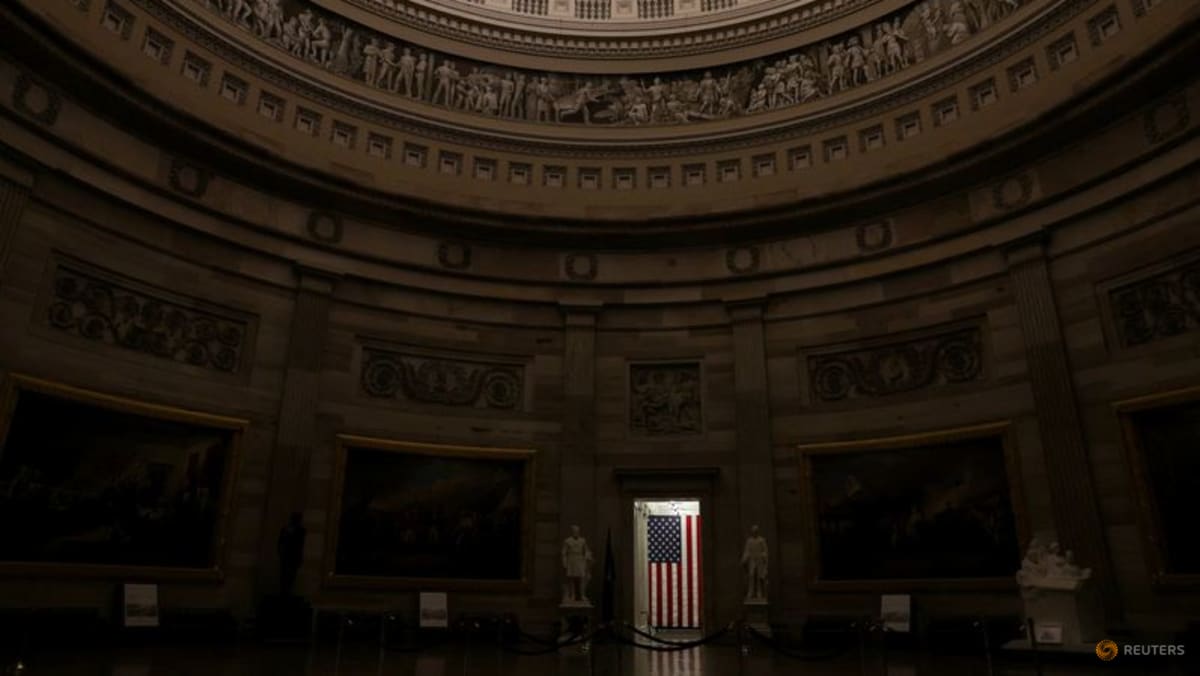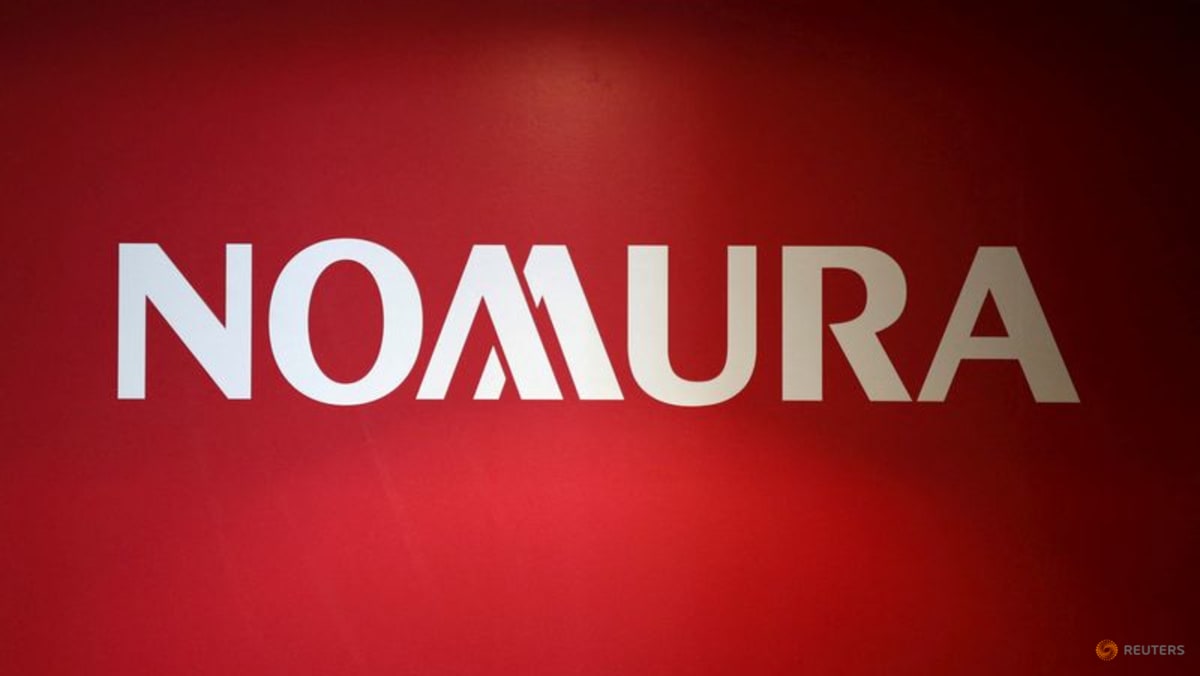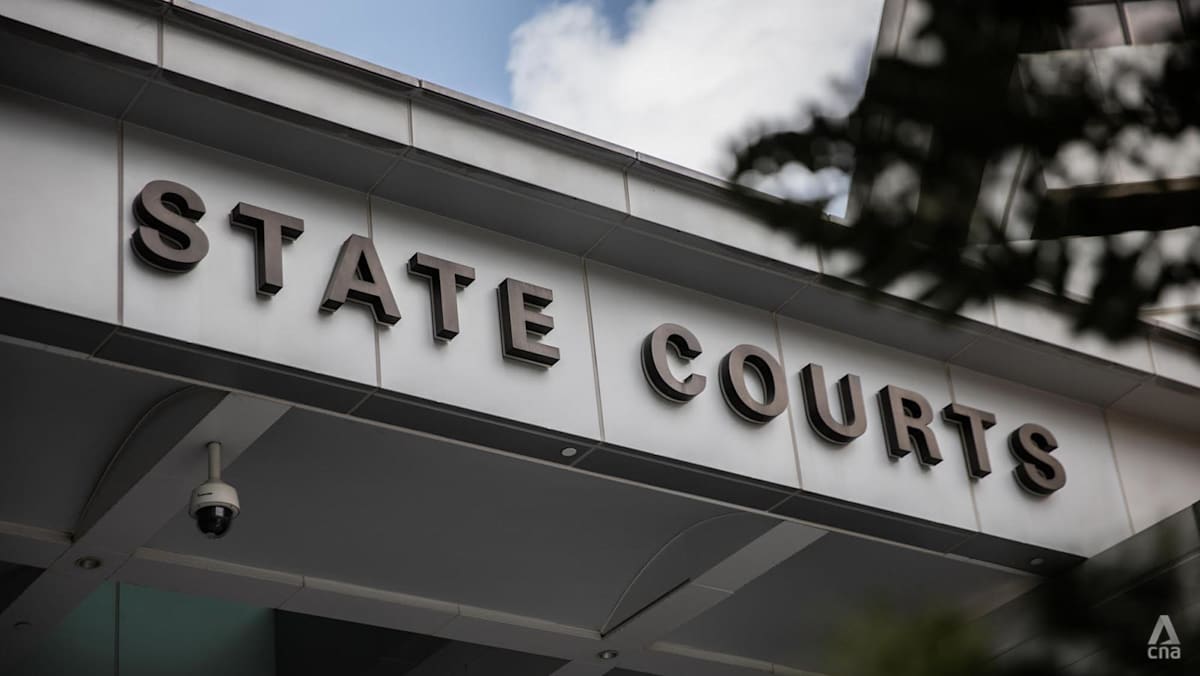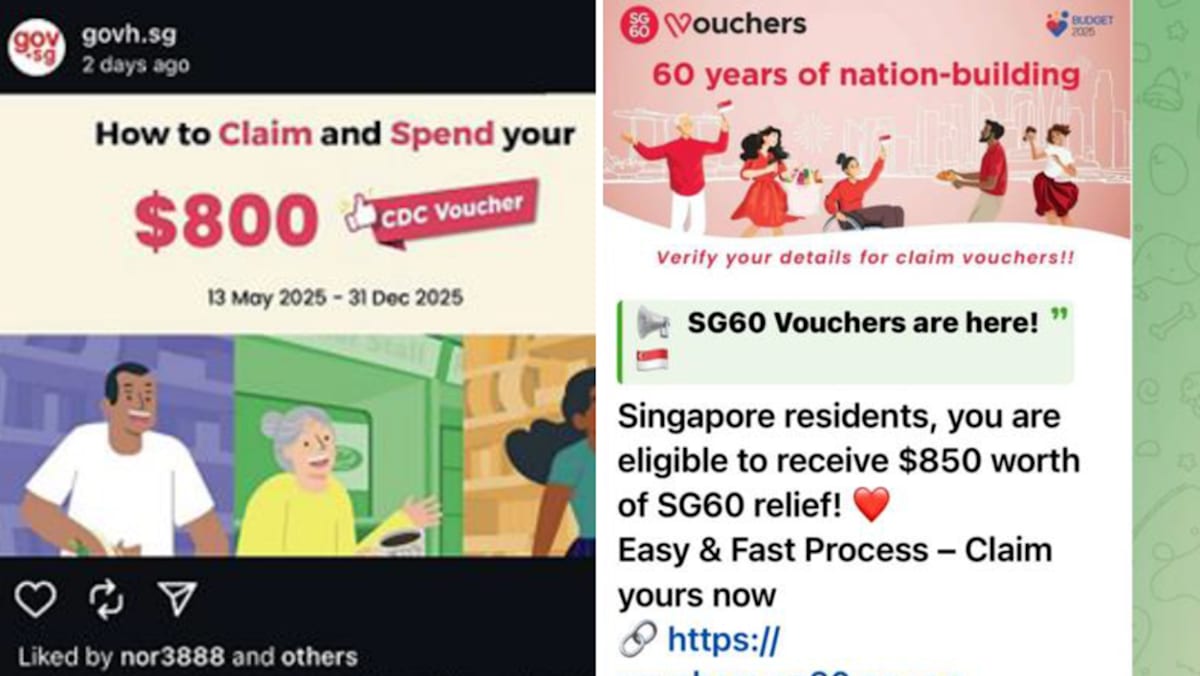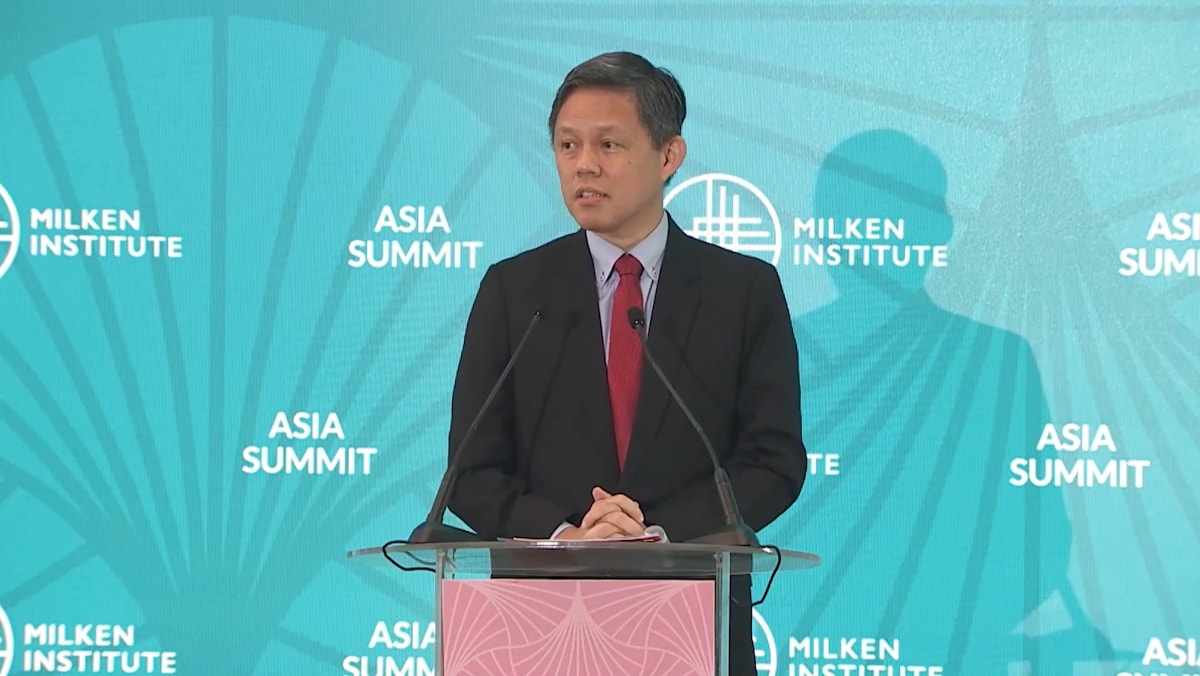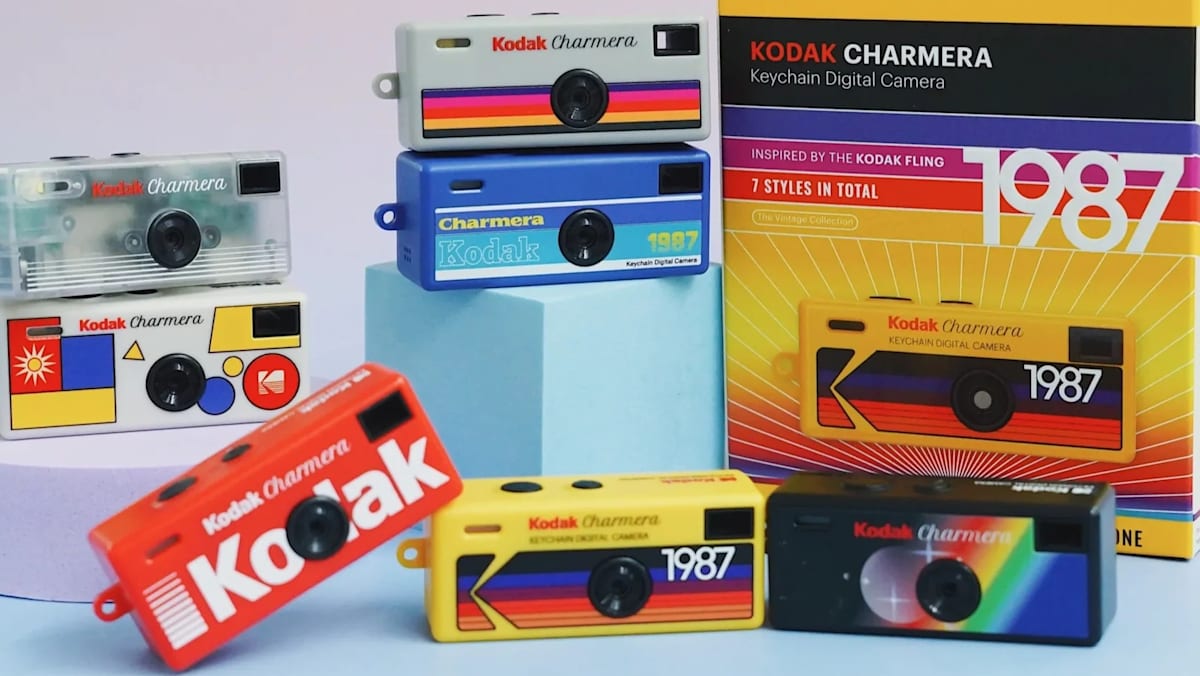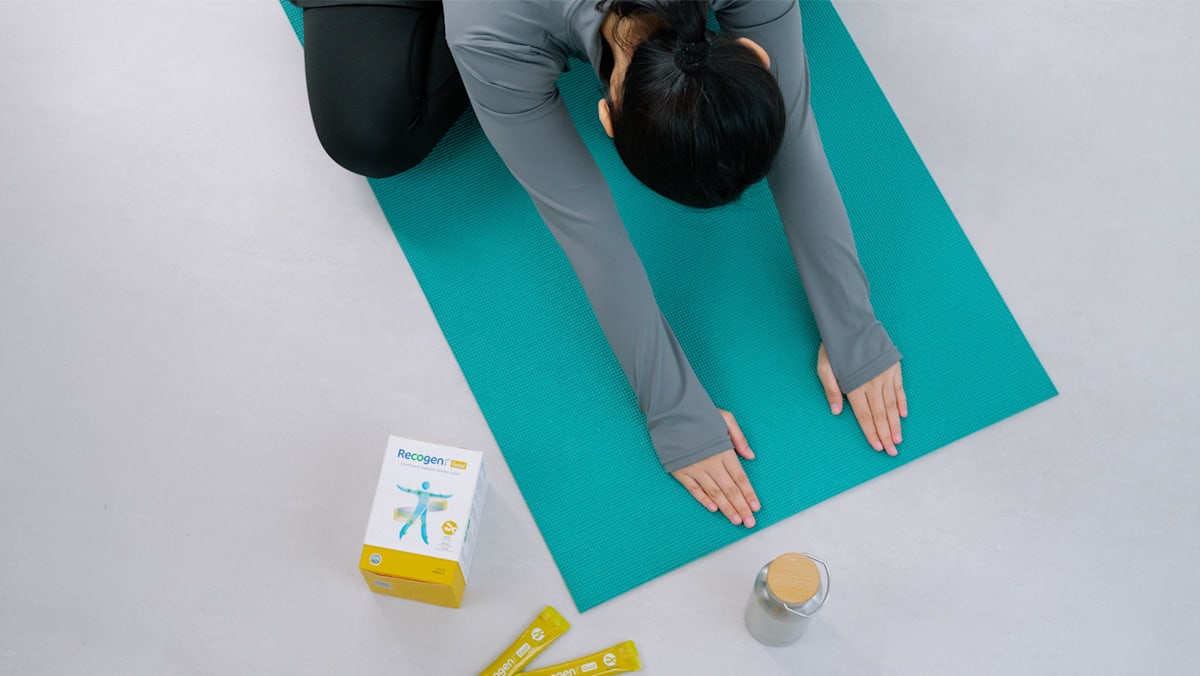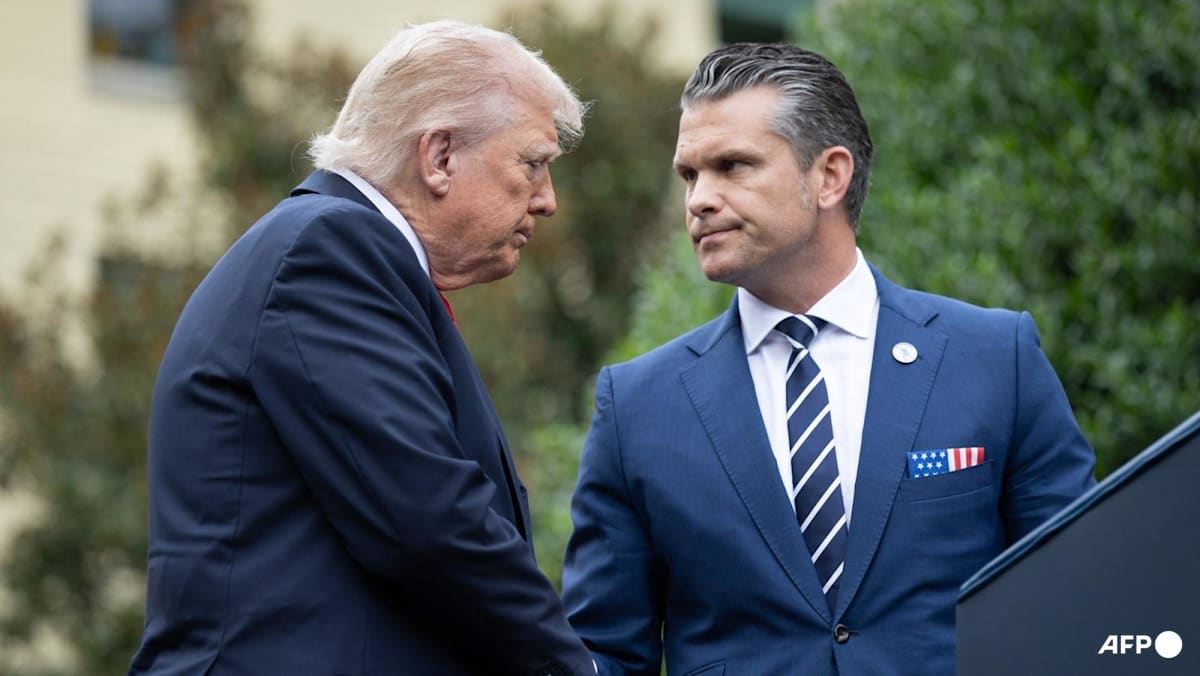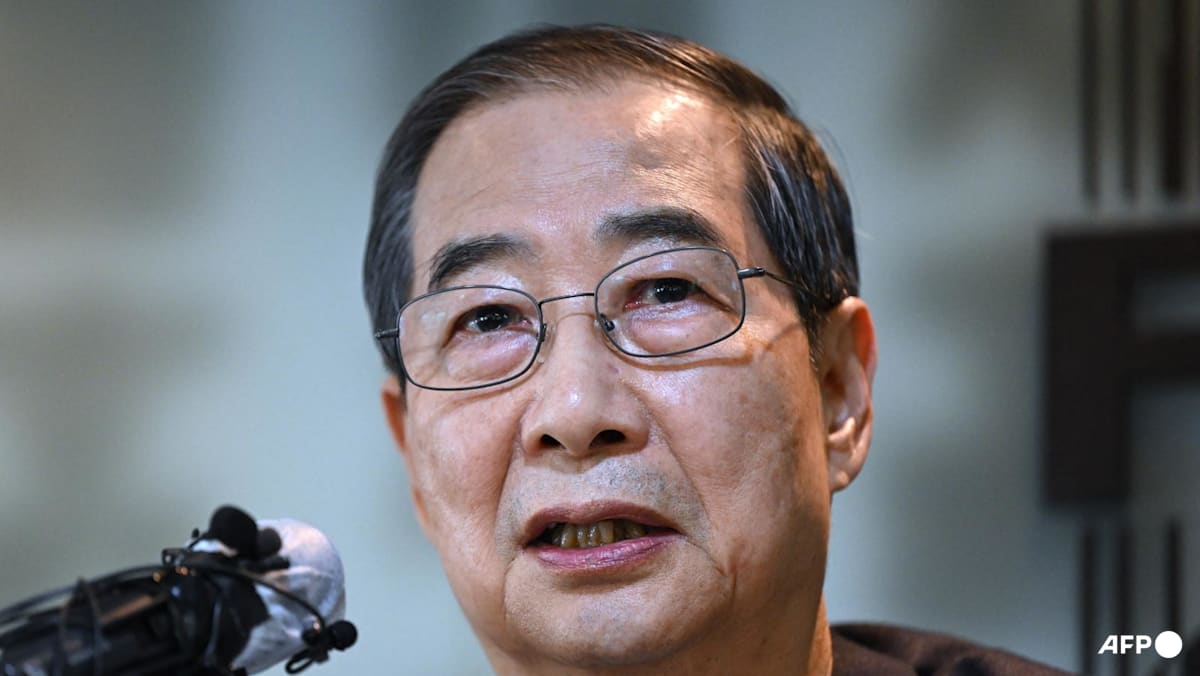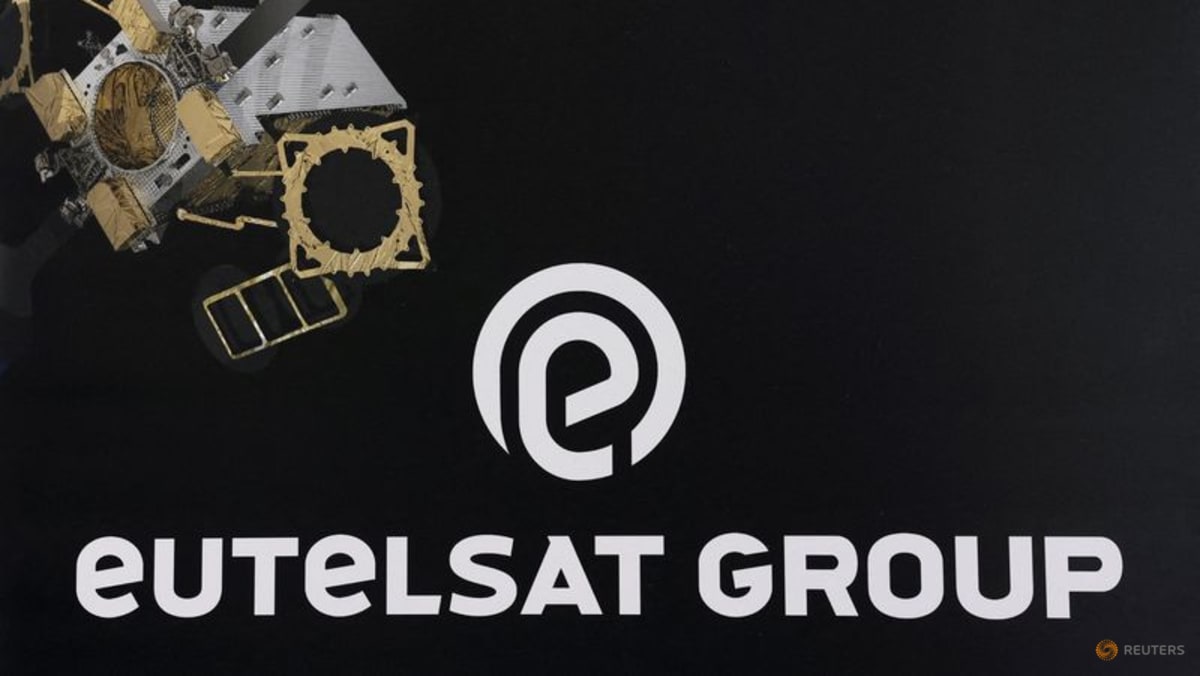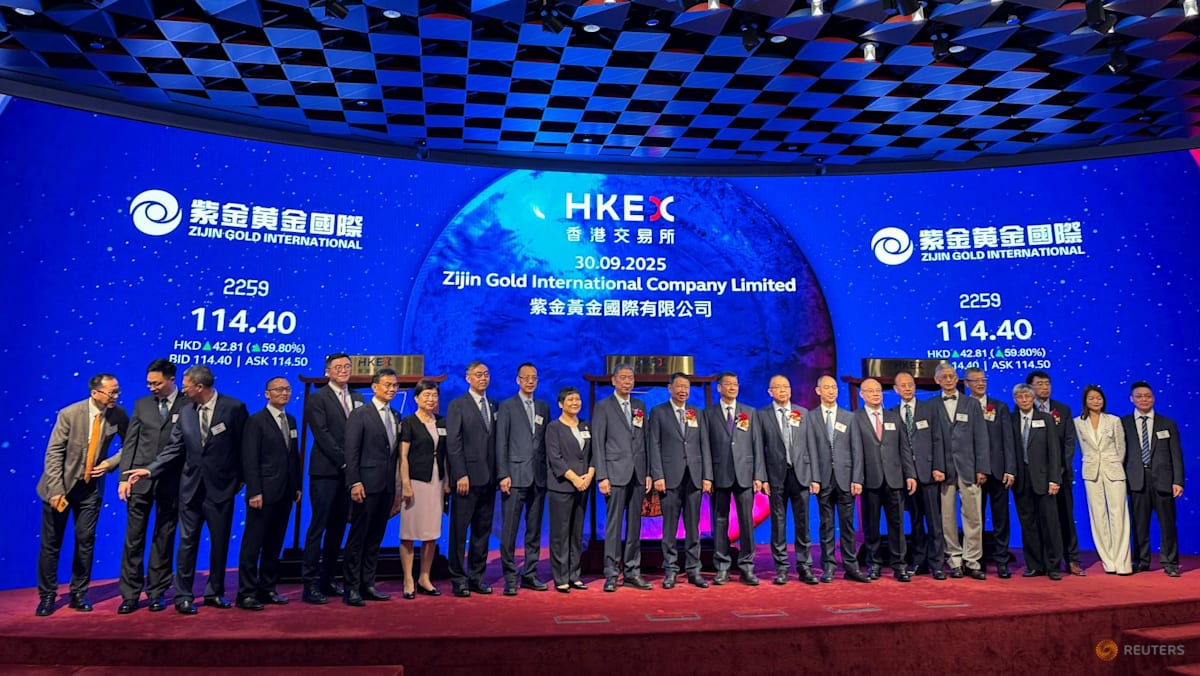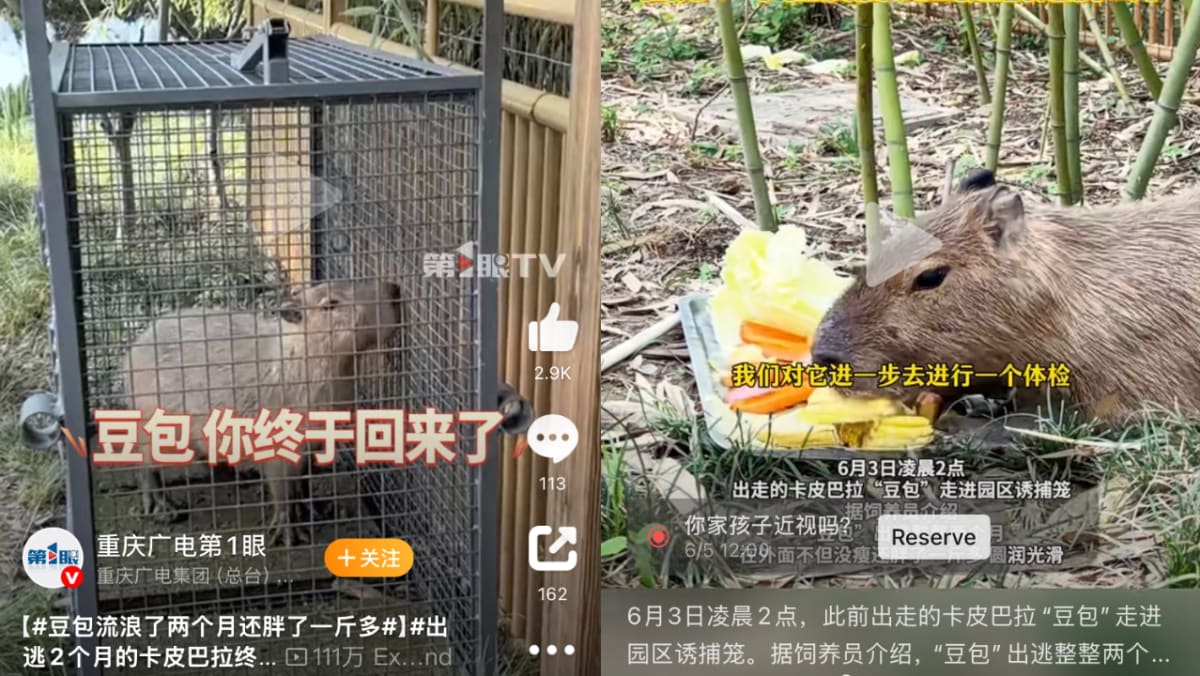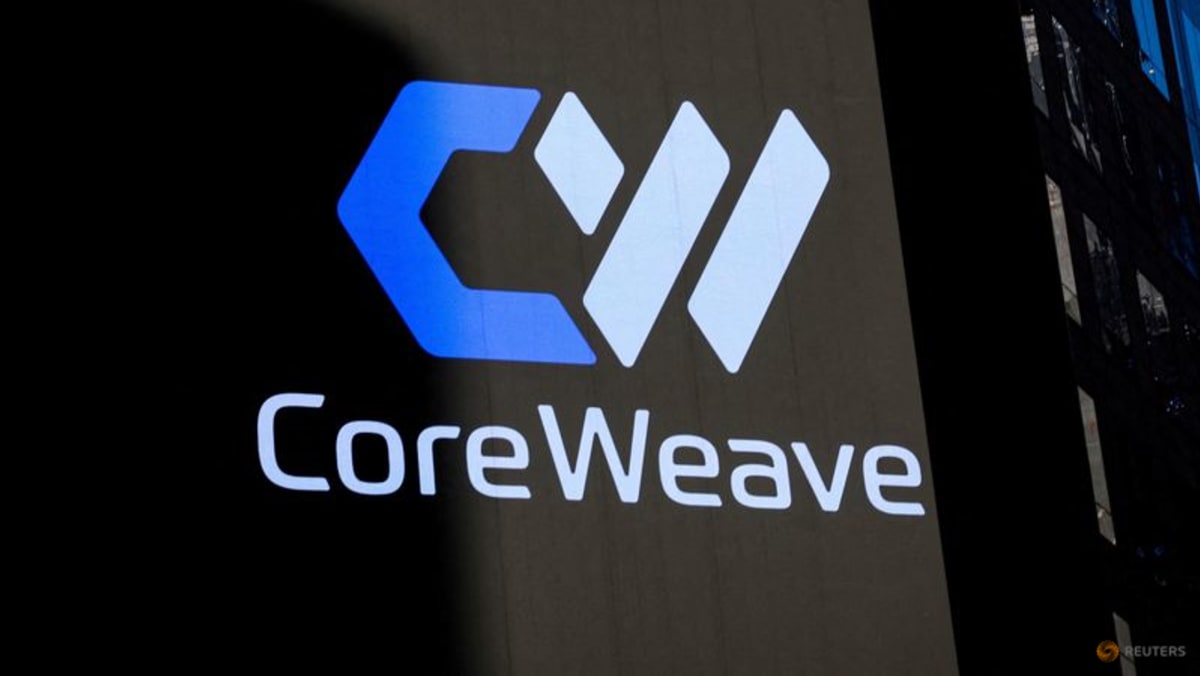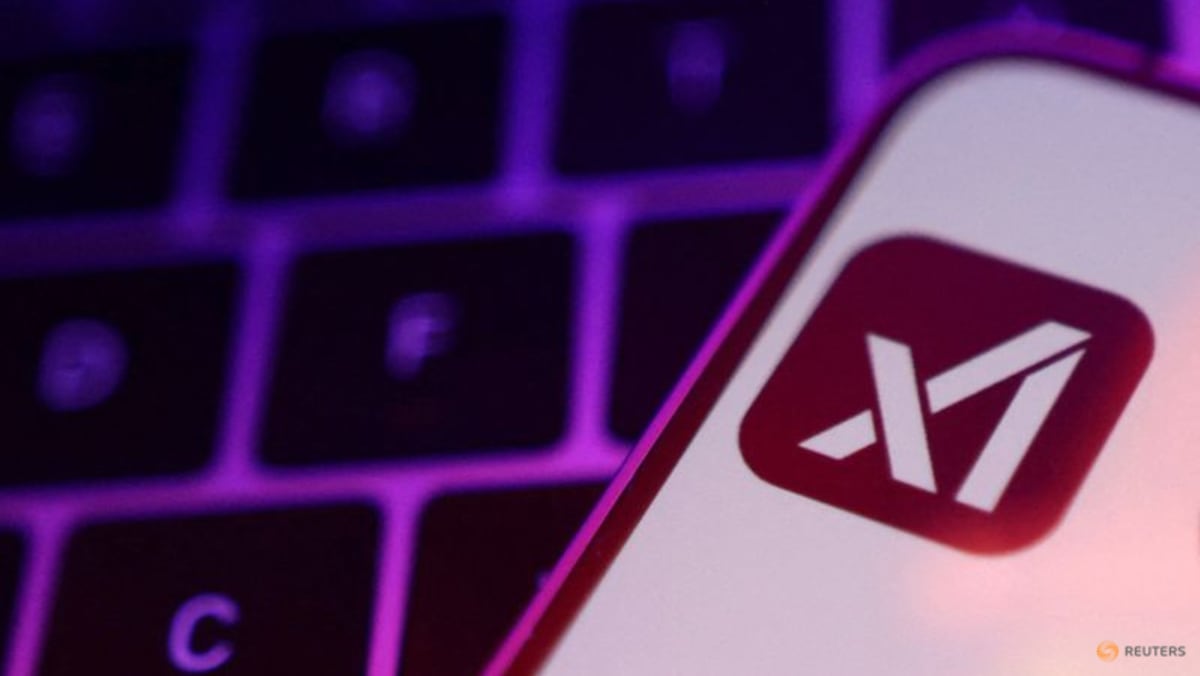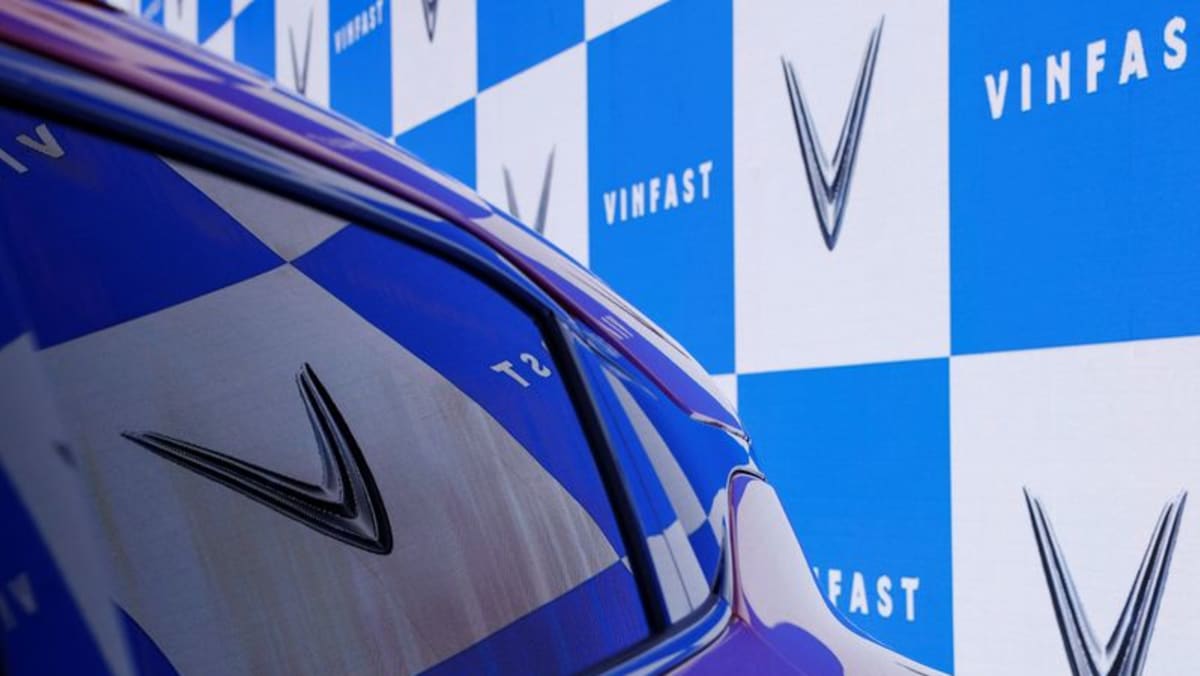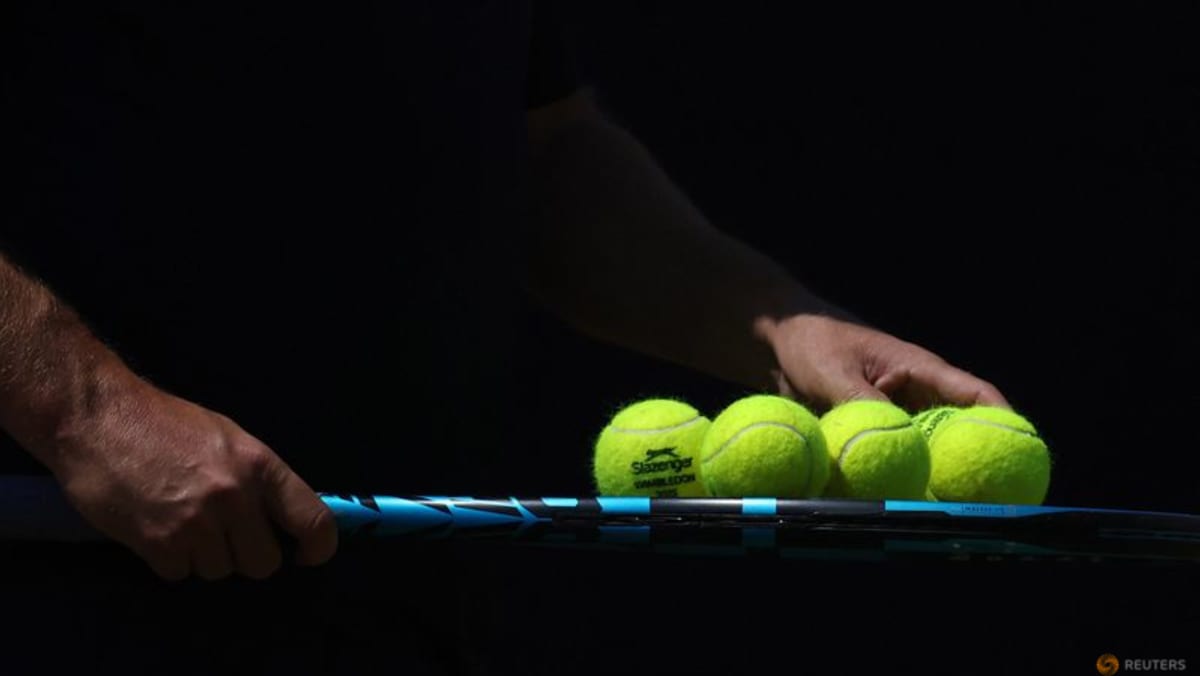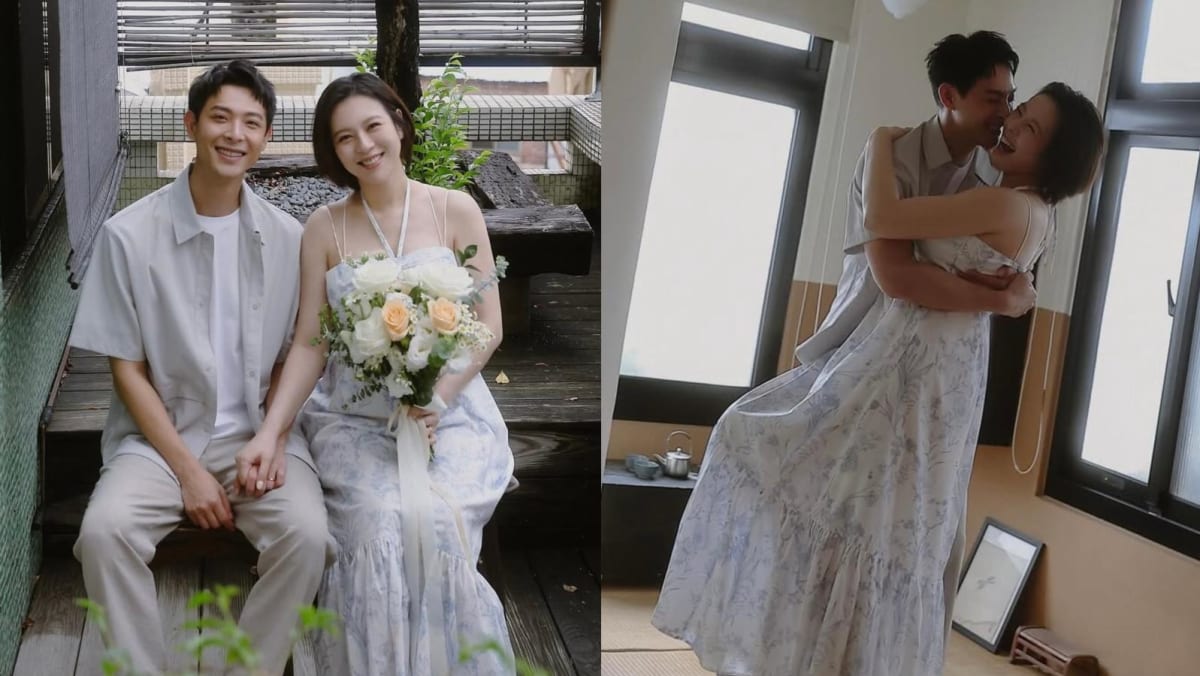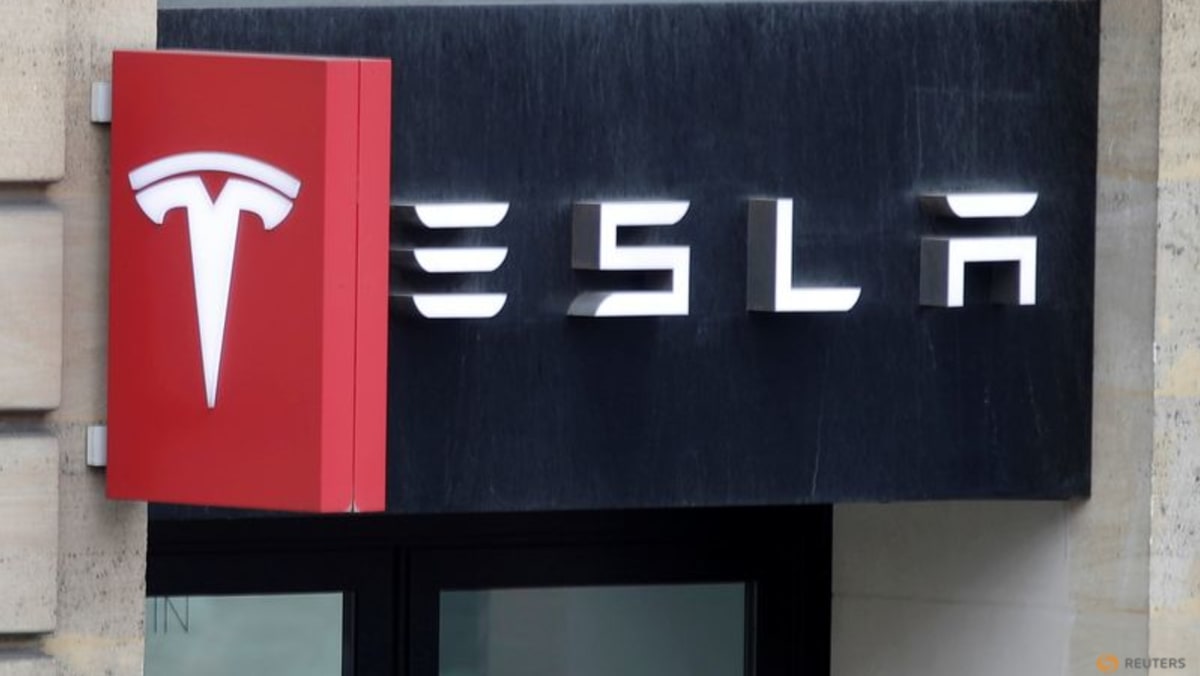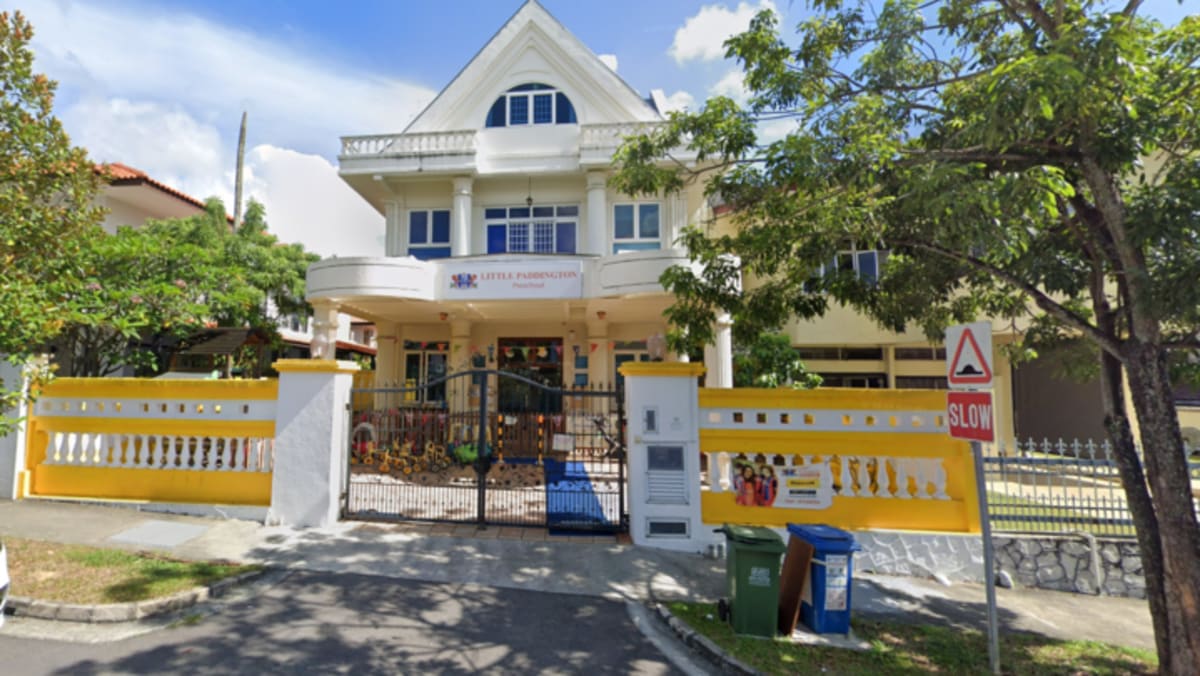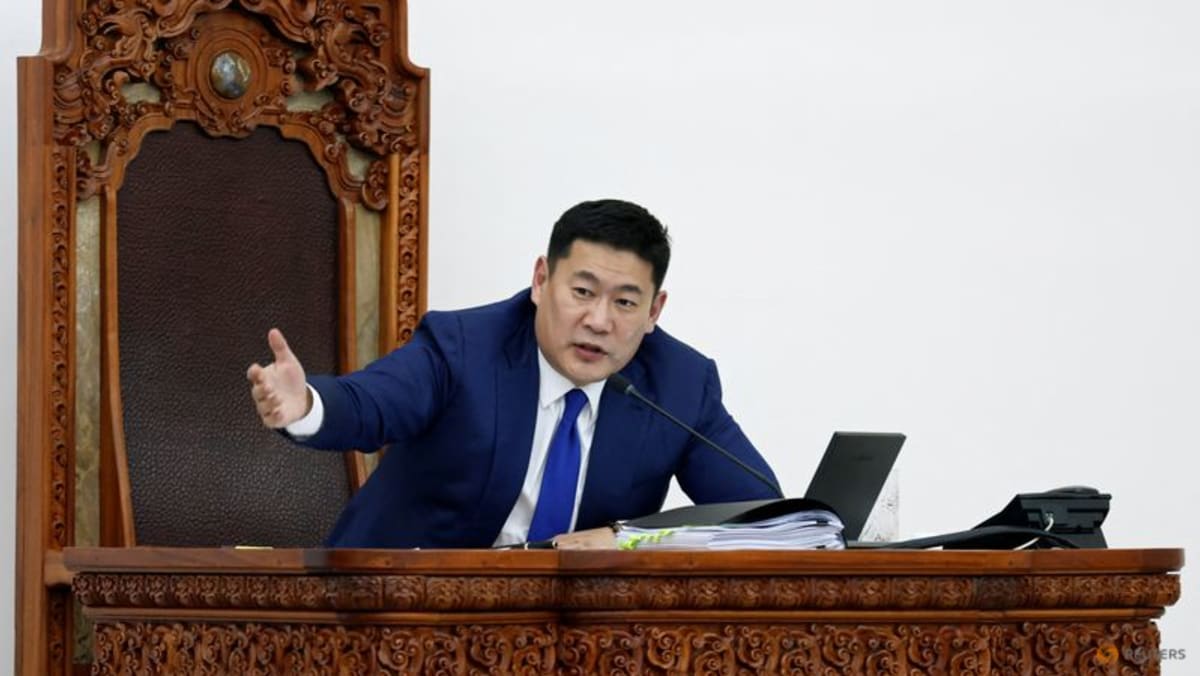With over 132 million international tourists last year, China is a really hot destination. And unlike other countries, it's entirely possible not to pay for anything with paper money. In fact, you may get looks for trying to do so, because it's likely they won't have change for you – the proportion of money in circulation in cash was just 3.7 per cent in 2023.
Having been to China a few times in the last decade, I've always felt the need to bring cash along with me. But my last few trips made me realise I was being silly. I didn't need to convert any cash at Changi Airport, and carry wads of paper notes in a plastic envelope.
Instead, all I needed to do was to make sure I had set up my WeChat or Alipay account correctly, which would allow me to just pay with a QR code. And doing so is very simple – you just need to set up your WeChat or Alipay account, link your credit card to it, and you're all done.
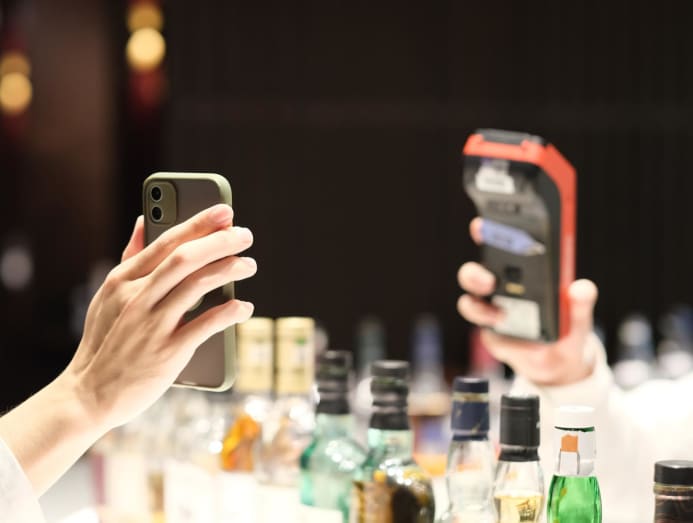 (Photo: iStock/Robert Way)
(Photo: iStock/Robert Way)
It wasn't always so simple, though. When China clamped down on its financial service industry a few years back, it required WeChat users to have a local Chinese bank account to actually use its payment facilities. You could still use Alipay linked with a credit card, though.
Alternatively, if you had a friend who lived there, they could issue you a virtual supplementary card with money that you could use. However, things have changed again, as I learnt on my recent trip, and I was able to just pay for all my purchases using either WeChat or Alipay with a linked credit card.
COMPLETELY SEAMLESS
 (Photo: iStock/Asia-Pacific Images Studio)
(Photo: iStock/Asia-Pacific Images Studio)
The whole payment experience is pretty simple, that you can even use it with street vendors. They simply scanned my QR code after telling me how much they were charging, and I got a message telling me what was charged to my account. It was all so simple, even better than in Singapore, where you still had to manually enter the amount and show it to the hawker or cashier.
In restaurants, just sit down at a table, scan a QR code located in the corner, make your order through a web app, pay, then wait for your meal to be delivered right to you. In stores, you simply show your QR code and the amount gets deducted from your account. In fact, most stores don't even have a cash register – they use either a phone or a tablet. As for paper receipts? Just download the copy from WeChat or Alipay.
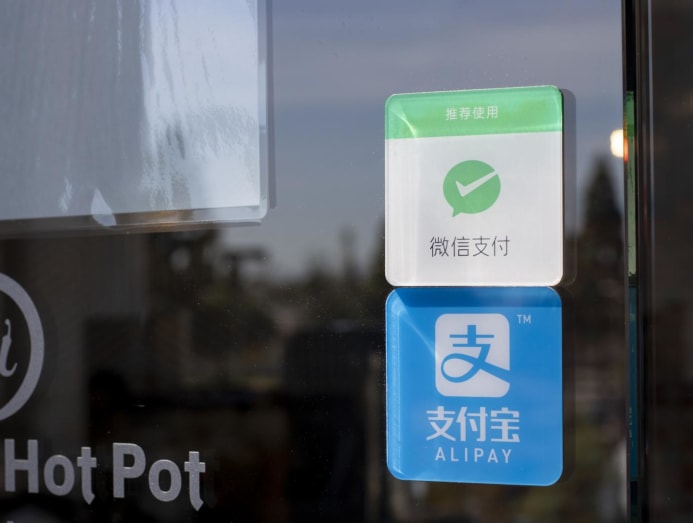 WeChat and Alipay are all you need it seems. (Photo: iStock/hapabapa)
WeChat and Alipay are all you need it seems. (Photo: iStock/hapabapa)
While WeChat and Alipay apps are usable in English, if you're feeling confident about your Mandarin reading skills, you can also try other more adventurous orders, such as buying bubble tea delivered by a drone, a thing you can't really do anywhere else in the world.
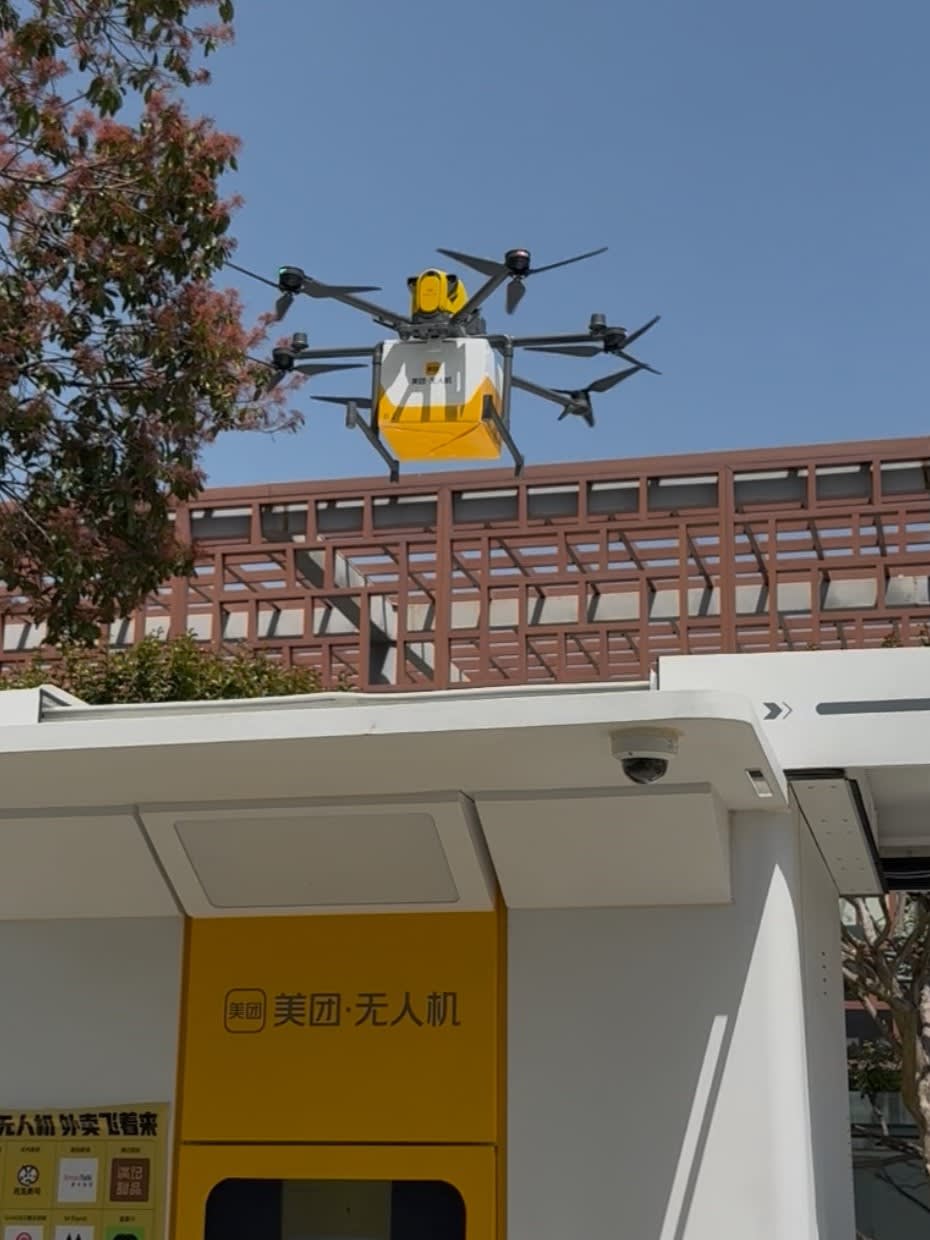 The delivery drone lowering itself down to the docking station with my bubble tea. (Photo: Aloysius Low)
The delivery drone lowering itself down to the docking station with my bubble tea. (Photo: Aloysius Low)
Which was what I did in Shenzhen, one of the cities I visited on my recent trip. I stood waiting in the middle of a park, next to a delivery station, while peering anxiously at the air for a sign of the delivery drone. About 15 minutes after making my order, I spotted the drone buzzing over in the horizon, carrying a box over. It hovered over the station, before dropping down and releasing its contents. From there, it's a simple matter of using another QR code again to collect my loot.
It's honestly so simple that I can't help but wonder if this is the future of payment systems, having one super app that does everything and you never have to leave it. It's no surprise that Grab wants to achieve something similar, and Elon Musk too, had previously talked about his ambition of making X (formerly Twitter) into a super app like WeChat or Alipay.
And if you're wondering, the bubble tea survived fine, without a drop spilled.
GETTING TO PAY
 WeChat comes with a huge list of services you can use it to pay for, such as second-hand goods, or even donating to charity. (Photo: Aloysius Low)
WeChat comes with a huge list of services you can use it to pay for, such as second-hand goods, or even donating to charity. (Photo: Aloysius Low)
If you want to try this out for yourself, there are a few things you’ll need to prep before your trip to China. For one, you’ll need to set up your WeChat and AliPay. As mentioned, the process is pretty simple, you’ll just need to add a credit card and you’re good to go.
However, if you want to receive money from someone though, that’s where it gets a bit iffy. You’ll need to provide personal details such as information on your passport as well as your home address. You’ll also need to send a scanned copy of your passport over for verification. I wasn’t really sure about giving so much data away to a foreign government, but I figured out that if I was already visiting, they would certainly have that bit of data anyway.
To tap on the more advanced features such as bubble tea or food drone deliveries though that I tried, you’ll need to be able to read Mandarin almost natively. My terrible command of the language didn't quite cut it, but you can always ask for help from friends, locals, or if desperate, use AI translations. There are a lot of other features as well, such as taking public transport, or even booking hotels.
Note though, for WeChat Pay, there is a transaction fee charge of 3 per cent for purchases over 200 yuan (US$27.80), and a limit of 6,500 yuan per transaction. You can also only spend 50,000 yuan a month, but an annual cumulative limit of 65,000 yuan. Alipay has a similar transaction fee for purchases over 200 yuan, and lets you go up to US$5,000 for a single transaction, and up to US$50,000 annually.
Once set up, you never have to worry about ever paying cash again. There’s no need to take out hefty wads of passe paper money, or swipe your credit card. Simply flash either the WeChat or Alipay QR code and you’re good to go.
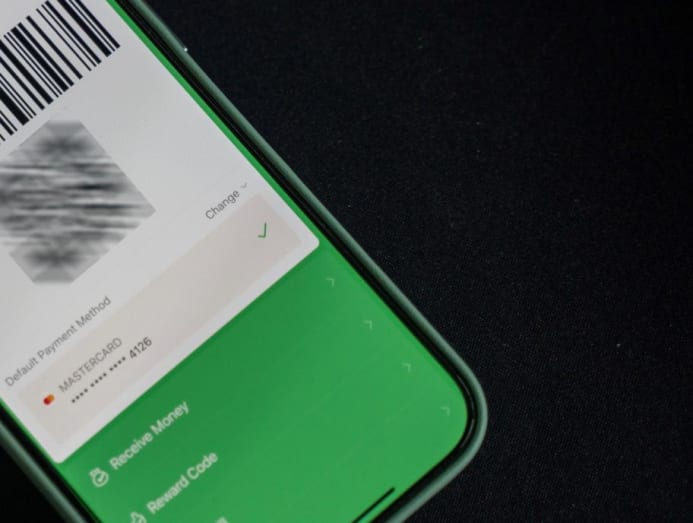 Paying with WeChat or Alipay is as simple as scanning a QR code. (Photo: Aloysius Low)
Paying with WeChat or Alipay is as simple as scanning a QR code. (Photo: Aloysius Low)
That said, there can be too much of a good thing though, as foreign visitors usually find themselves unable to spend the cash they exchange as shops and street vendors may not have change for you.
To combat this, China has been pushing for a cash again campaign, where in places like Shanghai, a small number of taxi drivers were able to give you change for rides. Nationally, the Chinese government has also issued directives to markets, pharmacies, and eateries to accept cash.
But if you want the best experience visiting China, just go cashless. The systems are all in place and have worked for years now. After all, when in Rome – well China – do as the Chinese do, and you can't go wrong.

